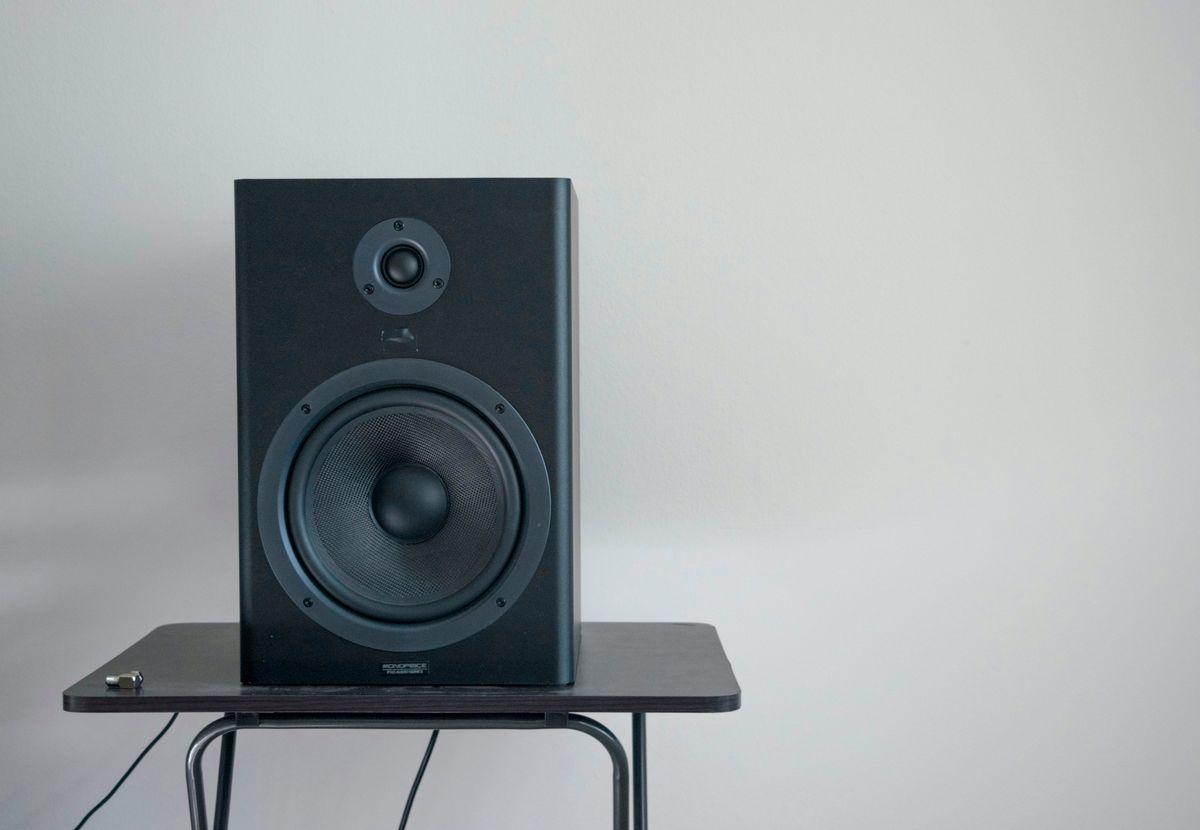Gathering feedback after events and presentations is crucial for understanding the impact of your efforts and for continuous improvement. Whether it's a large conference or a small workshop, collecting insights from participants can help you refine your future events. In this article, we explore five effective strategies to help you capture valuable feedback and enhance the overall experience of your attendees.
Key Takeaways
- Incorporate feedback request forms with straightforward questions to make it easy for attendees to share their experiences and suggestions.
- Show appreciation for speakers and performers, which can encourage them to share the event with their network and gather additional feedback.
- Utilize post-event communication to express gratitude, highlight key moments, and request feedback to gauge the event's success.
- End with a strong call to action that invites attendees to provide feedback, connect further, or take advantage of additional resources or offers.
- Adopt customer feedback best practices by making the feedback process accessible, analyzing the data collected, and acting on the insights gained.
1. Feedback Request Forms

To gather meaningful insights after your event, it's crucial to create a feedback form with clear objectives. Start by defining what you want to learn from your attendees. Do you want to measure overall satisfaction, or are you looking for specific comments on the venue, speakers, or content?
Ensure your form is concise and easy to navigate, increasing the likelihood of completion.
Consider the following points when designing your feedback form:
- Include a rating scale for overall experience and favorite sessions.
- Ask for suggestions for improvement to identify areas of opportunity.
- Diversify your approach by using multiple channels like email, chat, and text.
Remember, the timing of your feedback request can significantly impact the quality of responses. Engage with attendees when their experience is fresh, and they're more likely to provide valuable feedback.
2. Speaker and Performer Recognition

Recognizing the contributions of speakers and performers is not only a sign of gratitude but also a strategic move to gather feedback. Express your appreciation promptly after the event, highlighting their role in its success. This can encourage them to share their own insights and engage with the audience post-event.
By acknowledging the value speakers and performers add, you create a positive atmosphere that fosters open communication and valuable feedback.
Encourage attendees to provide feedback specifically about the speakers and performances. This can be done through:
- Direct emails thanking the speakers and asking for their reflections.
- Social media shout-outs that invite public discussion.
- A dedicated section in your post-event survey for speaker-related feedback.
Remember, the feedback you receive can be instrumental in refining future events and can also serve as a testament to the quality of your programming.
3. Post-Event Communication

After your event wraps up, it's crucial to engage with your attendees. This not only shows appreciation but also opens the door for valuable feedback. Start by sending a thank-you email within 24 hours, when the experience is still fresh in their minds. Here's a simple timeline to guide your post-event communication:
- Within 24 hours: Send a thank-you email with a feedback survey link.
- After a few days: Share event highlights or media content.
- After one week: Offer additional resources or follow-up information.
- After one month: Present a sales offer or next event teaser.
Remember, the goal is to maintain the connection and continue the conversation. Your follow-up strategy should reflect your event's unique objectives and audience needs. Segmenting your audience and personalizing messages can significantly increase the effectiveness of your communication. Use this opportunity to solidify relationships and gather the insights you need to make your next event even better.
4. Call to Action

After delivering a memorable event or presentation, it's crucial to guide your audience towards the next step with a clear and compelling call to action (CTA). This is your opportunity to transform passive listeners into active participants. Encourage them to provide feedback by offering a direct and simple way to do so. For instance:
- Fill out a feedback survey
- Download additional resources
- Join a community discussion
- Book a demo for further exploration
- Volunteer for future events
Ensure your CTA is not just a mere formality but a meaningful part of the event's conclusion, seamlessly leading attendees to engage further with your content or services.
Remember to conclude with a professional sign-off that includes your contact details, reinforcing the invitation for continued dialogue. This gesture not only fosters a sense of community but also opens the door for invaluable insights and connections.
5. Customer Feedback Best Practices

To harness the full potential of customer feedback, it's essential to adopt certain best practices. Make it easy for customers to leave feedback; simplicity encourages participation. Ensure your feedback forms are straightforward and accessible.
Follow these steps to optimize your feedback collection:
- Define clear goals for your feedback.
- Write unbiased questions to gather genuine insights.
- Distribute surveys through channels your customers use.
- Keep surveys concise to respect your customers' time.
- Offer incentives to increase response rates.
- Provide options like 'other' or 'skip' to accommodate all respondents.
- Always follow up to show you value their input.
Customer feedback is a goldmine of insights. Closing the feedback loop by informing customers about improvements based on their suggestions fosters trust and loyalty.
Remember to focus on relevant feedback and look for consistency in responses. Acknowledge both positive and negative feedback to get a balanced view of your customers' experiences.
Conclusion
In summary, gathering feedback after your events and presentations is crucial for continuous improvement and deepening relationships with your audience. By implementing strategies such as providing easy access to feedback forms, expressing appreciation to contributors, and following up with a post-event strategy, you can effectively measure success and identify opportunities for growth. Remember to end with a strong call to action, encouraging attendees to share their thoughts and stay engaged. With these tactics, you'll not only enhance the attendee experience but also pave the way for future event successes.
Frequently Asked Questions
How can I ensure attendees fill out the feedback request forms?
To encourage attendees to fill out feedback forms, make the process easy and accessible. Provide a clear link to the survey or form, keep it concise, and consider offering incentives for completion, such as entry into a prize draw or discounts on future events.
What is the best way to show appreciation for speakers and performers?
Express gratitude both publicly during the event and privately in follow-up communications. Include links to their online profiles or websites, and consider sharing highlights of their contributions on social media to acknowledge their efforts and provide them with additional exposure.
What should be included in post-event communication to gather feedback?
Post-event communication should thank attendees, provide highlights and key takeaways from the event, offer additional resources like recordings or slides, and include a feedback request to understand the attendee experience and areas for improvement.
How can a call to action help in gathering feedback?
A call to action at the end of your event or presentation can prompt immediate feedback. It could be a request for attendees to fill out a survey, engage in a discussion, or connect with you for further conversation, thereby making the feedback process a clear next step.
Why is post-event follow-up important?
Post-event follow-up is crucial for showing appreciation to attendees, deepening relationships, gathering feedback, and generating leads. It helps assess the event's success and informs improvements for future events.
What are some best practices for collecting customer feedback?
Best practices for collecting customer feedback include making the feedback process easy and straightforward, presenting clear questions, ensuring accessibility, and responding to feedback to show customers that their opinions are valued and taken into account for future improvements.
